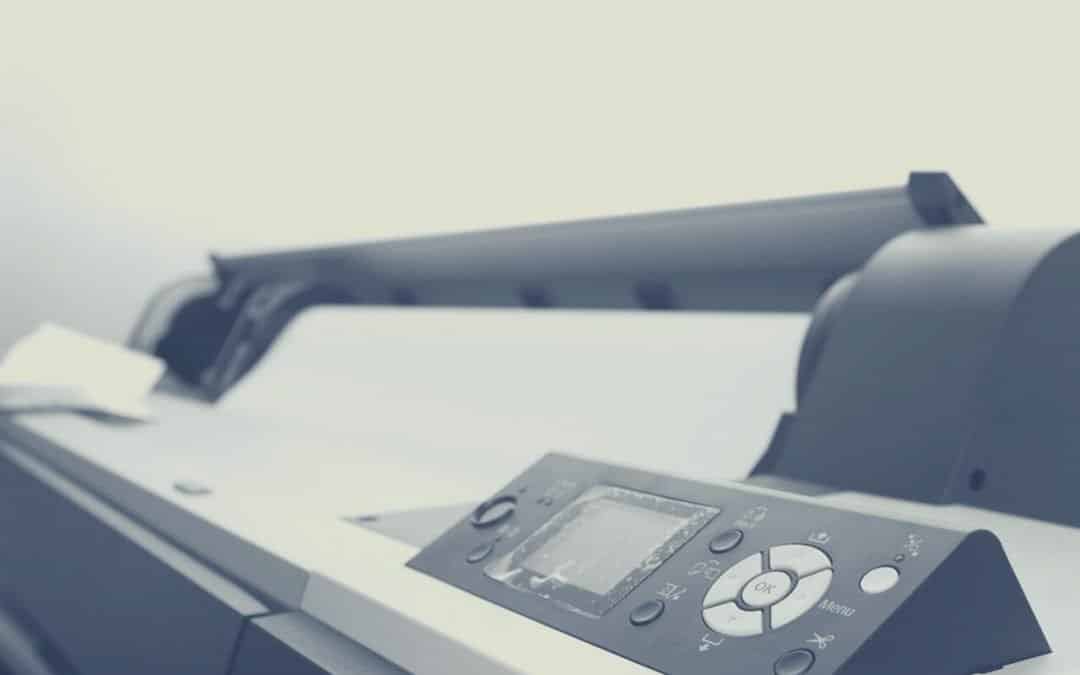Choosing a printer for your small business can be tricky. With so many options available, the best way to start the decision process is to consider your business’ unique needs. From capacity to cost and space, here are the most important aspects to consider and a few of the best printers in each category.
- What does your business usually print?
All small businesses work differently, and the type of printing you need depends on your business activities. The big question you need to ask is: Inkjet or laser?
Inkjet or laser?
Some businesses need high-quality photo printing, in which case an inkjet printer will create the best quality photos. If your small business needs to print small quantities of brochures and promo material too, you will save money on paying for printing if you invest in a high-quality inkjet printer instead of paying a printing company to do the work.
Laser is best for documents
If your business mostly prints text documents, most laser prints, including solid ink and LED-based printers, print higher-quality text than any inkjet, making laser the obvious choice.
Colour or Black & White?
As mentioned above, if text documents are what you usually print, there’s no need to invest in a colour or photo printer. A monochrome printer would be your best investment.
B&W Recommendation: A solid option for those businesses looking for a high resolution, efficient black and white printer is Xerox’s WorkCentre 3215 Monochrome All-in-One Printer. It offers plenty of features including two-sided printing and can print up to 27 pages per minute, ideal for small businesses with monochrome document printing needs.
- Connectivity needs
Most small businesses need a number of connectivity options, so it’s important to consider your needs when looking for a new printer. USB ports in printers are common, but require you to work in close proximity to the printer. For more freedom, many printers have Wifi capability, allowing you to connect and print directly through Wifi.
Even printers without Wifi capability can usually print wirelessly if you have a wireless access point on your network. All you need to do is connect your printer to the access point via Ethernet.
If your small business uses Cloud Storage for many documents, choosing a printer with more advanced connectivity maybe your best option. A number of modern printers are integrated with Google Drive, Dropbox and Microsoft OneDrive connectivity. This means you don’t need to save documents to a USB or download them to print, saving you and your co-workers time.
Connectivity Recommendation: The Toshiba e-STUDIO3515ACoffers is an ultra-modern e-BRIDGE Plus connector for cloud storage drives including Dropbox and a number of others. You can send documents to the printer directly from these platforms, or print straight from these cloud services via the MFP.
- Capacity – How much do you print?
With paperless offices, many small businesses may not need to print very much at all, in which case a printer with a small capacity would be a good choice. Printing less is not only cheaper for your business but also better for the environment: Something most modern small businesses are considering as they grow.
If however, your small business requires a lot of contracts and hard copies, you will need a high capacity printer.
High Capacity Recommendation: If you need a lot of printing every day, a great option is the Brother Multi-Function Printer MFC-L6900DW. This mono laser printer prints up to 50 pages per minute, churning out large documents in half the time of many other printers.
- Cost and energy consumption
The initial19 cost isn’t the only consideration when choosing a new printer, you need to calculate the cost per page, including energy consumption. These ongoing costs will have more of an impact on your business’ printing costs than the initial cost of buying the machine.
Low Energy Recommendation: The Epson WorkForce Enterprise WF-C20590 is a solid option for those businesses needing exceptional fast printing with low energy consumption. It offers up to 50 per cent lower power consumption than colour laser printers and has the fastest print speed in its class.
When choosing a printer for your small business, consider what you need before jumping into a purchase. Connectivity, capacity, energy consumption and printing quality are all important aspects to consider before making your purchase.




